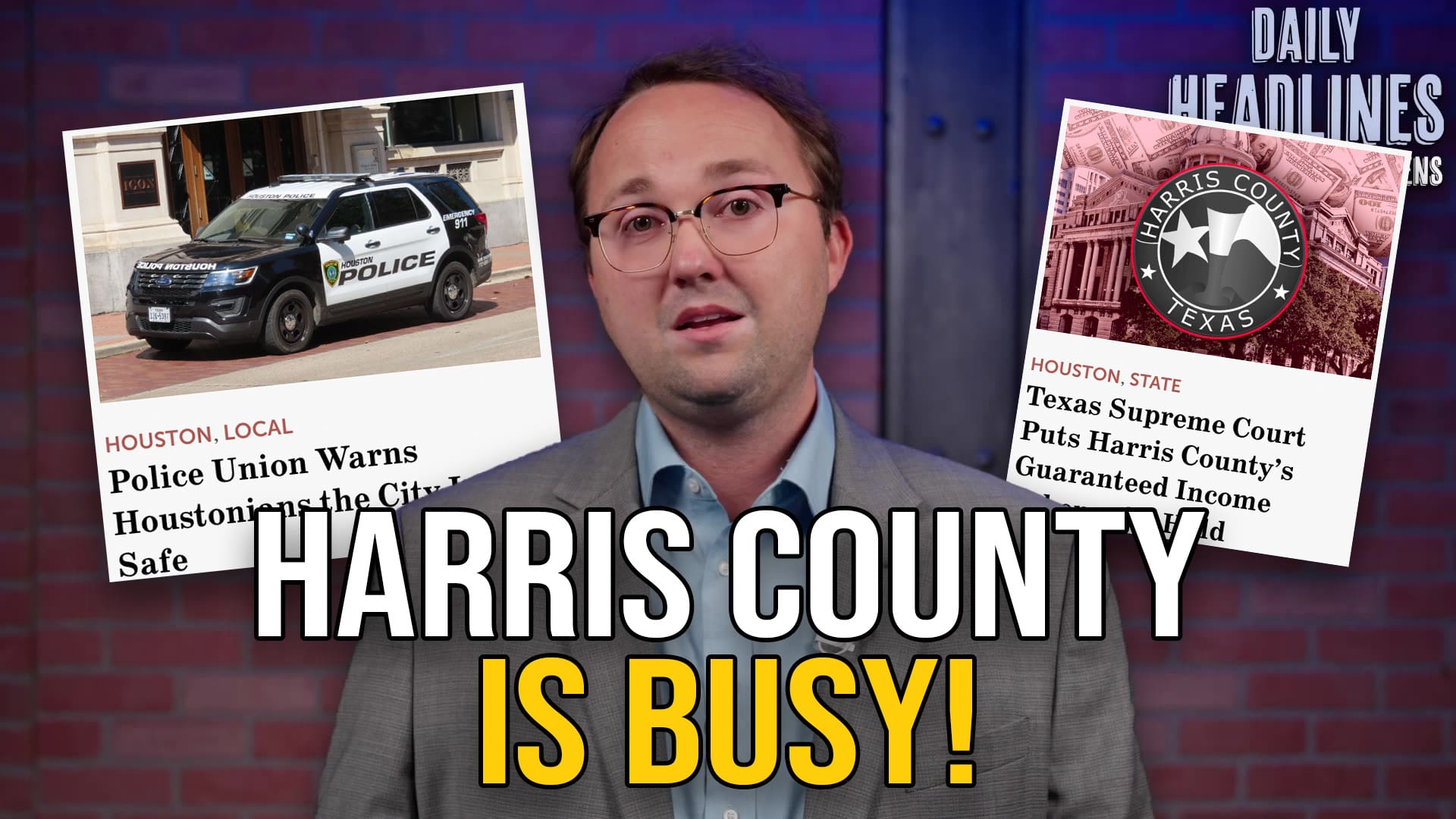Taxpayers may have a false impression of the real cost of November’s bond proposal due to misleading terminology and a shell-game officials plan on playing down the road.
Repeatedly, the City of Austin and multiple publications have stated that the projected tax impact for Mayor Adler’s $720 million transportation bond would be around $56 per year for an average homeowner, but one local taxpayer says the true cost will be more than double that figure.
Herein lies the confusion: tax impact does not reflect the overall amount the average homeowner will have to shell out to pay for it. In fact, it is an intentional misrepresentation that uses figures based on the assumptions that not only will officials be diligent in executing a shell-game down the road, but that their math within this misleading paradigm is correct.
But according to John Goldstone, a local attorney who regularly investigates bond proposals, the City’s math just doesn’t add up.
“The number [$56] is inaccurate for various reasons,” says Goldstone. “The least of which that the number represents only 2/3 of the bonds ($480 million as per the city’s own documentation) and is misleadingly called a ‘tax impact.’ Officials are relying on the fact that some of the other municipal bonds will be paid off by the time the final $240 million is issued, so your net impact of that final $240 million is $0.00, a blatant lie by confusion.”
In other words, by issuing the debt in phases, they can obfuscate the overall amount taxpayers will have to shell out to cover the entire package. “In layman’s terms,” Goldstone says, “it is as though we have paid off an $800 car payment right when we borrow for an $800 mortgage – so our net ‘impact’ is zero.”
“They’re advertising it as though the repayment cost of a $240 million loan is zero,” he says.
But even given that assumption the City’s calculations are still flawed, according to Goldstone.
“With a principal amount of $720 million, repayment terms of 5% (on the conservative side of the city’s own published terms), amortized over 20 years with 2 payments per year comes out to the city paying (at full funding) $57,364,175.76 per year,” Goldstone says.
“As per Greg Canally (Deputy Chief Financial Officer for the City of Austin), the total taxable property that pays property taxes in City of Austin is $115 billion…so to find out what a $100,000 slice of that would owe, we take 100,000 / 115 billion – which gives us our percentage, which we multiply by the yearly payment of the bond as calculated – coming out to $49.90 per $100,000, or $125 per $250,000,” Goldstone explains.
“The real number is $125 per year for a $250,000 house.”
That’s more than double what has been repeatedly marketed to taxpayers. On a statewide level, it’s hardly surprising – officials will often use sugarcoated (and flat out misleading) figures along with funny math practices to obscure the true costs of debt to the voters they need to approve their spending habits.
Considering the very real (and growing) dilemma that traffic congestion poses to Austin commuters, it is clear from a public policy standpoint that there is a significant appetite for meaningful relief measures – but the inclusion of dubious projects and the opaque practices by which bureaucrats have been pursuing this all-or-nothing package make it look like little more than a rhetorically justified spending spree.




